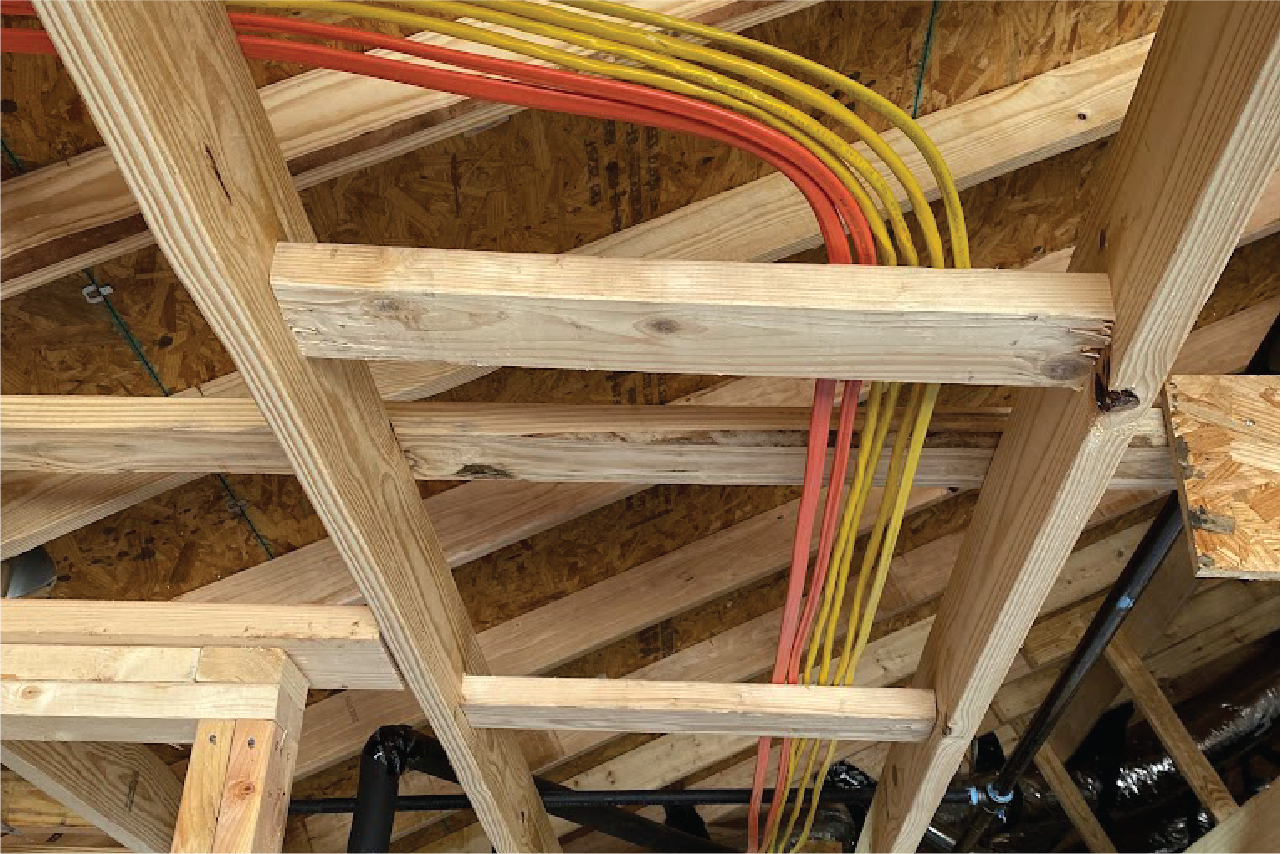Understanding Your Home’s Electrical Panel: A Homeowner’s Guide
The electrical panel, often called the breaker box or fuse box, is the heart of your home’s electrical system. It distributes electricity to different circuits throughout your house, ensuring each area receives the power it needs. Understanding your electrical panel is crucial for safety, maintenance, and efficient energy use. Here’s a brief guide to help you get acquainted with this essential component of your home.
What is an Electrical Panel?
An electrical panel is a metal box containing circuit breakers or fuses that regulate the flow of electricity to different parts of your home. It’s typically located in a utility area such as a basement, garage, or utility room. The main breaker controls the power to the entire house, while individual breakers manage the electrical flow to specific circuits.
Key Components of an Electrical Panel
- Main Breaker: This large switch controls the power supply to the entire panel. It can shut off all electricity in your home, which is essential during emergencies or when performing major electrical work.
- Circuit Breakers: These are individual switches that control the flow of electricity to specific circuits. Each breaker is designed to trip, or shut off, if there’s an overload or short circuit, preventing damage and reducing the risk of fire.
- Bus Bars: These metal strips distribute power from the main breaker to the individual circuit breakers.
- Neutral and Ground Bars: These bars collect the neutral and grounding wires from each circuit, ensuring the safe operation of your electrical system.
Understanding Circuit Breakers
Circuit breakers are essential for protecting your home’s electrical system. Each breaker is rated for a specific amperage, such as 15 or 20 amps, which corresponds to the maximum amount of current it can handle before tripping. Common types of breakers include:
- Single-Pole Breakers: Used for standard 120-volt circuits, such as lighting and outlets.
- Double-Pole Breakers: Used for 240-volt circuits, such as electric dryers and stoves.
- GFCI Breakers: Ground Fault Circuit Interrupter breakers, which protect against electrical shock in areas like kitchens and bathrooms.
- AFCI Breakers: Arc Fault Circuit Interrupter breakers, which prevent fires by detecting arc faults in wiring.



Benefits of Understanding Your Electrical Panel
- Safety: Knowing how to operate your electrical panel can help you quickly shut off power during emergencies, such as electrical fires or flooding. It also allows you to reset tripped breakers safely.
- Troubleshooting: Understanding your panel can help you identify and address electrical issues, such as overloaded circuits or frequent breaker trips, before they become serious problems.
- Maintenance: Regularly checking your electrical panel can ensure it’s in good working order, preventing potential hazards and prolonging the life of your electrical system.
- Efficiency: Familiarity with your panel allows you to manage your home’s power usage more effectively, reducing energy waste and potentially lowering your electricity bills.
Conclusion
Your home’s electrical panel is a critical component that manages and safeguards the flow of electricity throughout your house. By understanding its components and functions, you can enhance the safety, efficiency, and reliability of your home’s electrical system. Regular maintenance and proper usage of your electrical panel can prevent many common electrical issues, ensuring a safe and comfortable living environment for you and your family.


0 Comments